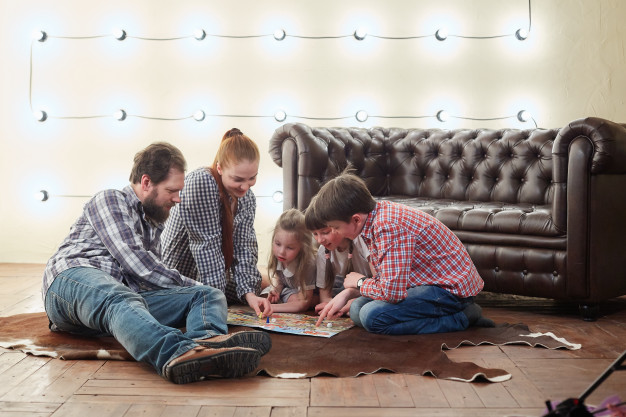“The difference between something good and something great is attention to detail.”
– Charles R Swindoll, pastor & author
I just love those family games and games that develop attention to detail are my favorite! This is the real reason why I play them again and again with my children (when they agree to it 🙂
…however, being good at them (unlike the memory games I told you about in my older post) has little to do with my belief in their importance for my children.
So what is “visual memory” and why it is so important?
Visual memory is one of several cognitive systems, which are all parts that combine to form the human memory. Visual memory involves the ability to store and retrieve previously experienced visual sensations and perceptions when the stimuli are no longer present.
Researchers have stated that as much as 8% of all the learning takes place through the eye with visual memory existing as a crucial aspect of learning.
Visual memory is important for reading, spelling and writing. Visual memory relates to math performance.
The great news is that visual memory can be trained!
I personally use family games for that matter.
Attention to detail is also an important skill to develop which can also be practiced and trained!
Managers & leaders need to care about the details. The quality of the work that they oversee is a reflection of themselves, and their team. By being attentive to details, you may find mistakes to be avoided, you may follow exact instructions at school or at work, you may find that this small detail will make your product different from competitive ones, you may read a detail no one noticed and this will help you understand the exam or the question better…
Those family games also work on rapidity of thinking and action, and this adds to the fun and competitive value of the games while playing all together.

